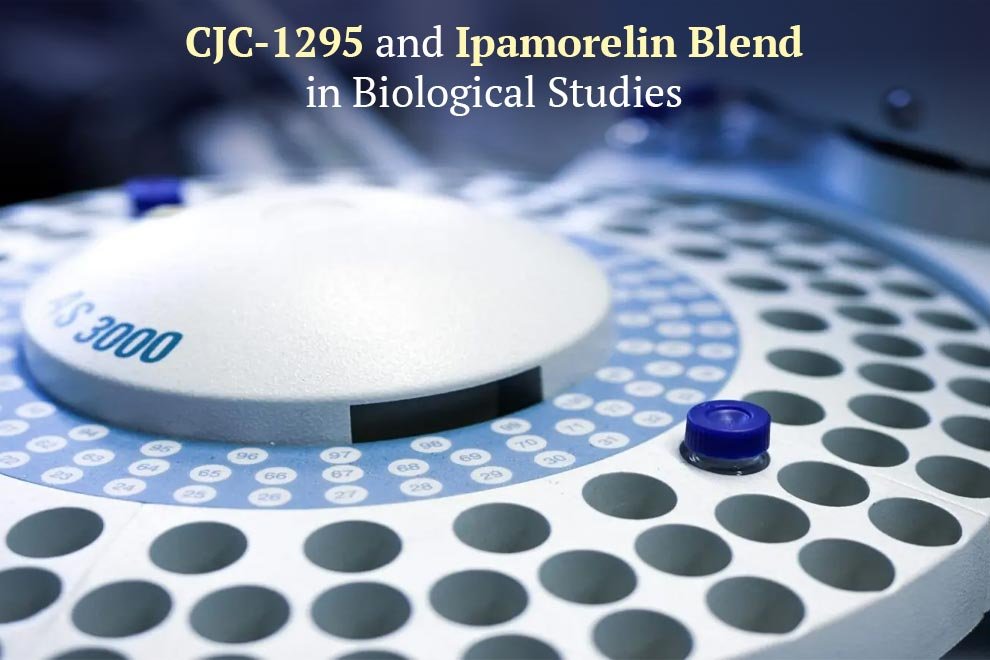First impressions matter. Whether it’s a job interview, a networking event, or a casual meeting, mastering a self-introduction in English will open doors. This blog will guide you through the essentials of a good self-introduction. You’ll learn to communicate effectively, express enthusiasm, and build confidence in various scenarios.
The Basics of Self Introduction
A self-introduction should be concise and engaging, immediately capturing your audience’s attention. Begin with a friendly greeting, such as “Good morning” or “Good afternoon,” to set a positive tone. Follow this with your name and a brief yet impactful background overview. The concise overview should include personal details that highlight your experience and expertise. For instance, mentioning your job title and the company you work for will provide context and relevance, especially in a professional setting.
Consider an example to illustrate a short and sweet introduction: “Good morning, my name is John Doe. I’m a project manager at XYZ Corp with over five years of experience in the industry.” The interview self-introduction effectively conveys key information while maintaining brevity.
Maintaining confident body language during your self-introduction is equally important. It reinforces your words and helps make a positive impression. Remember, mastering the art of self-introduction is important as it sets the foundation for meaningful interactions and helps establish a connection with your audience.
Example: “Good morning, my name is John Doe. I’m a project manager at XYZ Corp with over five years of experience in the industry.”
Why Self Introduction is Important
A well-crafted self-introduction sets a positive tone for the conversation. It helps you connect with others and leaves a lasting impression. Mastering self-introduction skills will significantly impact your personal and professional interactions.
Mastering self-introduction skills is crucial for job seekers as it helps present oneself as a suitable candidate. Confidently introducing yourself will leave a lasting impression and highlight your creative skills and interests. Addressing key points concisely and including other relevant details may lead to meaningful conversations and follow-up questions, making self-introduction an important tool in both professional and casual settings.
Key Elements of a Good Self-Introduction
- Greeting: Start with a polite greeting.
- Name and Job Title: Clearly state your name and current job title.
- Professional Background: Briefly mention your educational background and career highlights.
- Personal Touches: Add personal interests or hobbies to make your introduction memorable.
- Positive Note: Conclude on a positive note, expressing enthusiasm or gratitude.
Body Language Matters
Body language plays a crucial role in self-introductions. Maintain eye contact and offer a firm handshake. Stand or sit up straight to convey confidence. Smile to show friendliness and approachability.
Presentation Skills for Self Introduction
Effective presentation skills are essential. Speak slowly and clearly. Use the present simple tense to describe your current situation. Practice your introduction to ensure it sounds natural and confident.
Example: “Good afternoon, my name is Jane Smith. I’m a marketing director at ABC Ltd. I have a bachelor’s degree in marketing and over a decade of experience in digital marketing. In my free time, I enjoy watching movies and hiking.”
Self Introduction in Different Scenarios
Job Interviews
A job interview introduction should highlight your key skills and relevant experience. Tailor your introduction to the job requirements and company values. Be ready to follow up with more detailed answers during the interview.
Example: “Good morning, I’m Emily Johnson. I recently graduated with a bachelor’s degree in computer science. I’m excited about the opportunity to join your dynamic team as a software developer. My key skills include coding in Java, Python, and working in agile environments.”
Networking Events
At networking events, focus on creating a positive impact and fostering further conversation. Mention your professional background and add a personal touch to make your introduction more engaging.
Example: “Good afternoon, I’m Robert Brown. I’m a financial analyst at DEF Investments. Outside of work, I enjoy playing chess and participating in community service projects. I’m here to connect with like-minded professionals and learn from industry experts.”
Casual Introductions
In casual settings, keep your introduction short and sweet. Highlight your interests and any relevant details that may spark further conversation.
Example: “Hi, I’m Lisa White. I work as a graphic designer. In my spare time, I love painting and exploring new coffee shops around the city.”
Practicing Self-Introduction Skills
Regular practice is essential to mastering self-introduction. Rehearse in front of a mirror or with a friend. Record yourself to evaluate your body language and tone. Seek feedback to improve and refine your introduction.
Common Mistakes to Avoid
- Overloading with Information: Keep your introduction concise. Avoid giving too much information at once.
- Negative Body Language: Avoid crossing your arms or looking down. Maintain an open and confident posture.
- Lack of Enthusiasm: Show genuine interest and enthusiasm. A positive tone will make a significant difference.
Benefits of a Good Self-Introduction
A strong self-introduction will boost your self-confidence and communication skills. It may help you make a positive impression in job interviews and networking events. Additionally, it will enhance your interactions, making you a more engaging and approachable individual.
The Takeaway
Mastering self introduction in English is a valuable skill. It requires practice and attention to detail, but the benefits are worth the effort. Whether in a professional or casual setting, a well-crafted self-introduction will help you connect with others, express enthusiasm, and build lasting relationships. Remember, a good self-introduction is your key to making a positive impact and opening new opportunities.
Frequently Asked Questions
How do I introduce myself in English?
Confidently introduce yourself by stating your name, job title, and a brief overview of your background.
What is an example of a self-introduction?
“Good afternoon, my name is Jane Smith, a marketing director at ABC Ltd with a bachelor’s degree in marketing.”
How can I introduce myself in 10 lines in English?
Introduce yourself by covering key points such as your name, job title, company, key skills, professional background, personal interests, significant achievements, and other relevant details. End on a positive note and an invitation for follow-up questions.
How do I start my introduction?
Start your introduction with a polite greeting and a clear name statement.
Also Read: Maximise Your Career Potential with Our Forklift Operation Course










